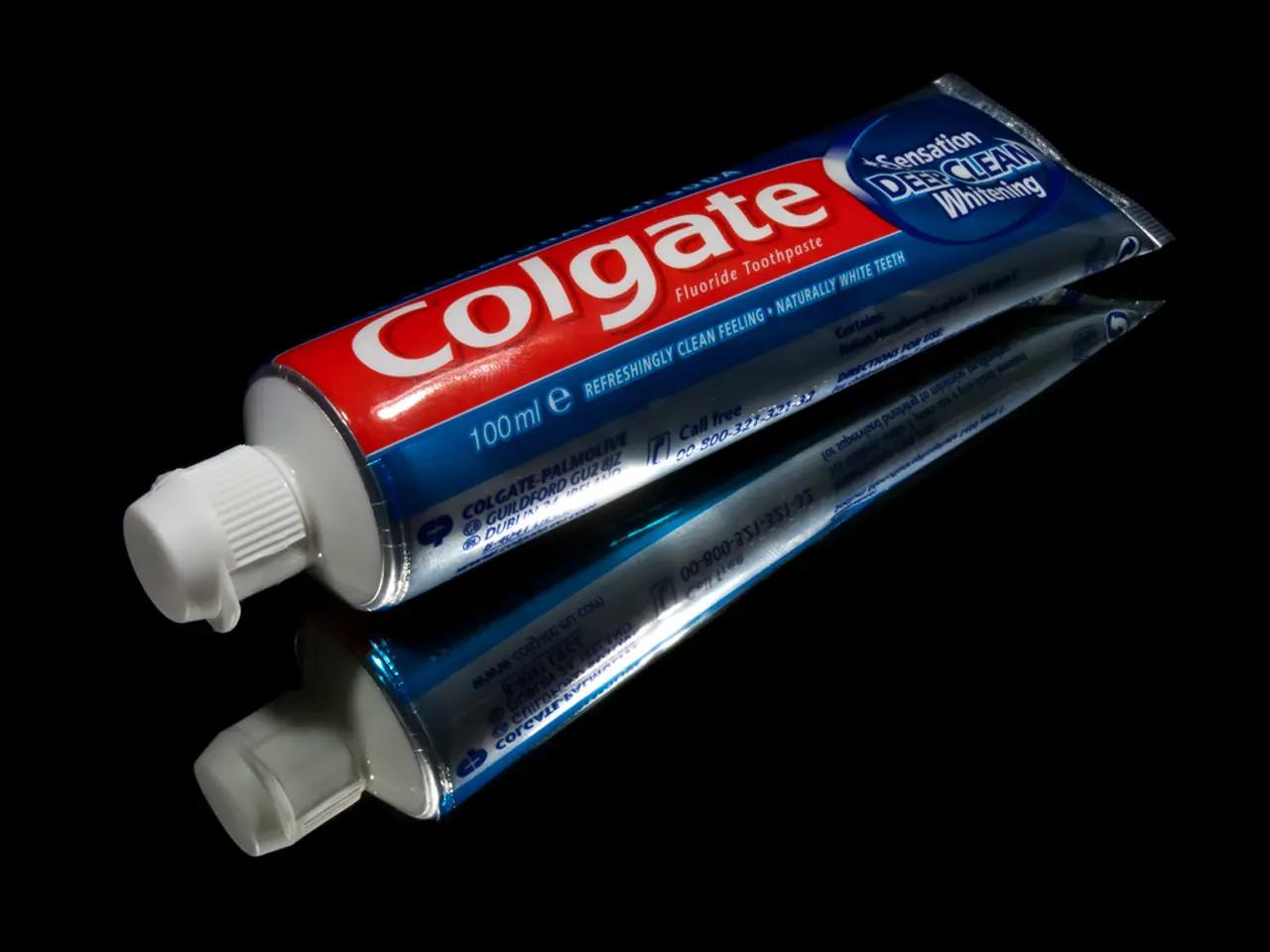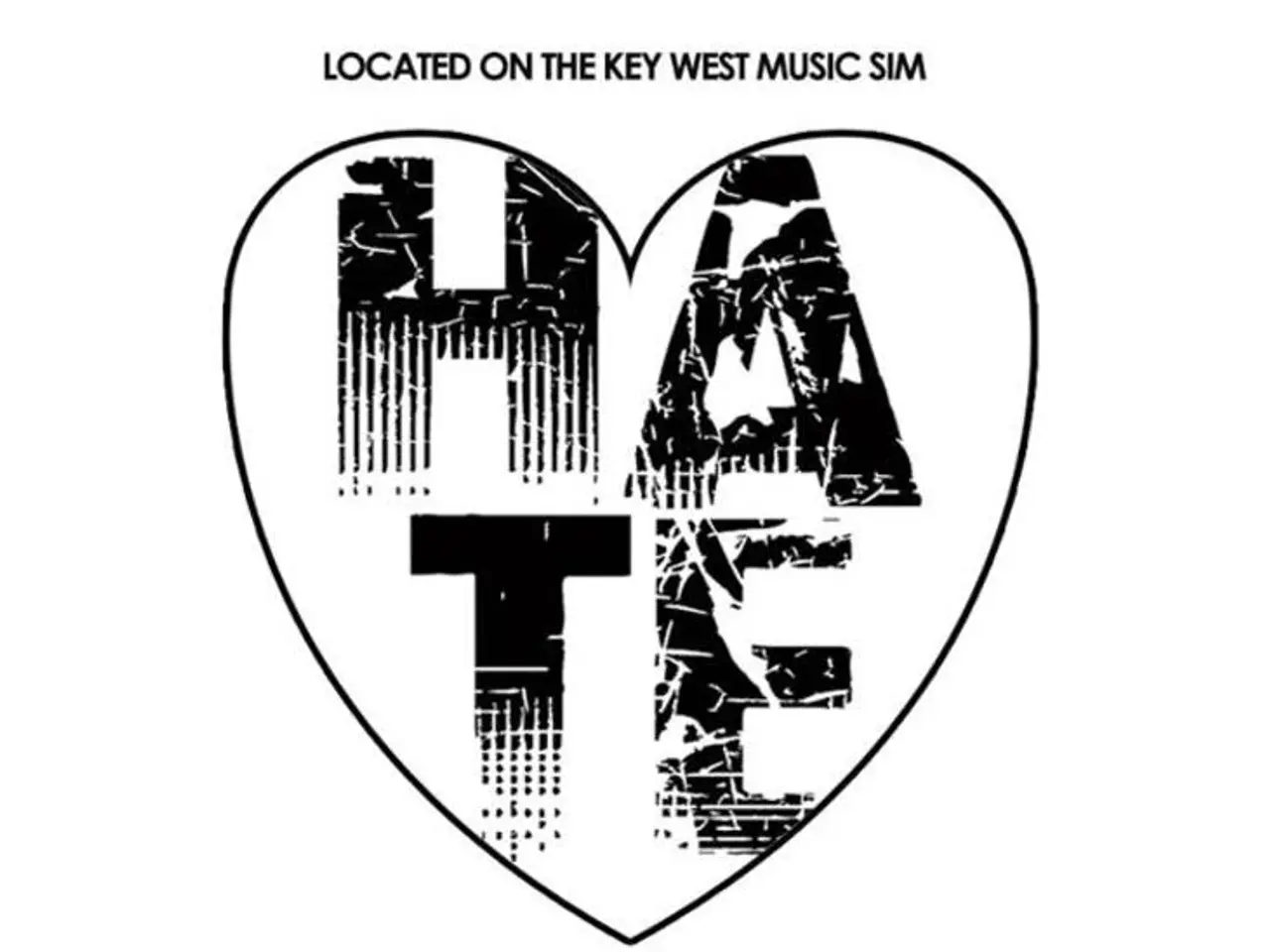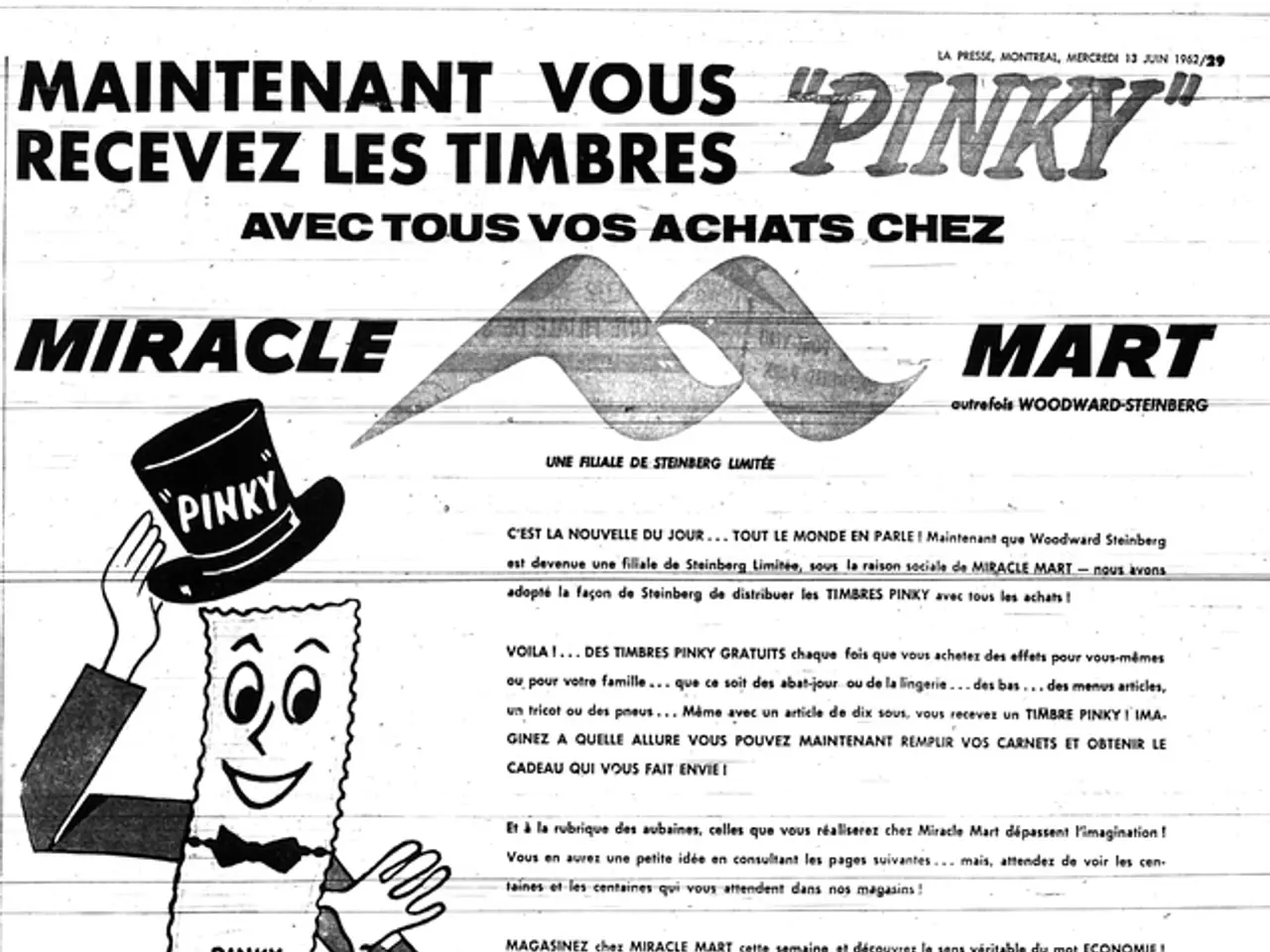Is it Secure to Incorporate Titanium Dioxide in Toothpaste?
Titanium dioxide (TiO2), a white pigment commonly used in toothpaste for color and texture, has recently come under scrutiny due to health concerns and regulatory actions. While it provides no dental health benefits, its safety has become a subject of debate.
In Europe, TiO2 was banned as a food additive in 2020 and 2022 due to suspicions that it may be carcinogenic and potentially harmful when ingested or inhaled. Recent research has detected TiO2 particles in human breast milk, infant formula, and commercially sold animal milk, raising further concerns about exposure, particularly for infants [1][2][3].
In the realm of toothpaste, while TiO2 remains common, some companies have started to remove it voluntarily for sustainability and safety concerns. The continued use of titanium dioxide in toothpaste is questioned since it serves only cosmetic purposes without improving oral health.
Scientific studies have linked TiO2 nanoparticles to potential health risks, including genotoxicity, cytotoxicity, inflammation, and possibly cancer, primarily inferred from animal studies. However, conclusive evidence on humans via ingestion is still debated [1][2][3].
The European Medicines Agency is expected to reassess TiO2 in cosmetics soon, which may influence future regulations on toothpaste. The German Federal Institute for Risk Assessment has stated no conclusive evidence shows harm from TiO2 in toothpaste.
Despite these concerns, TiO2 remains permitted as an ingredient in cosmetics and toothpastes. However, consumers seeking to avoid it often choose TiO2-free toothpaste alternatives. Natural alternatives like hydroxyapatite-based tooth powders are gaining attention as safer options.
For those concerned about potential risks, it's recommended to monitor ongoing regulatory updates. Small amounts of TiO2 can be swallowed, particularly by children who may not rinse well. Consumers can choose toothpastes labeled free of titanium dioxide (look for "CI 77891" or "Titanium Dioxide" on the ingredient list) to minimize potential risks.
It's worth noting that the amounts of TiO2 used in toothpaste are typically around 1-2%. Many manufacturers are voluntarily removing TiO2 from toothpaste, especially for products aimed at children.
In light of the ongoing debates, it's prudent to stay informed about the long-term effects of low-level ingestion of TiO2, particularly for children and frequent users, as the full extent of its safety remains unclear.
[1] European Commission. (2020). Commission Implementing Regulation (EU) 2020/1531 of 12 August 2020 amending Annex II to Regulation (EC) No 1331/2008 of the European Parliament and of the Council as regards the listing of additives.
[2] European Commission. (2022). Commission Implementing Regulation (EU) 2022/2050 of 20 October 2022 amending Annex II to Regulation (EC) No 1331/2008 of the European Parliament and of the Council as regards the listing of additives.
[3] European Food Safety Authority. (2016). Scientific Opinion on the re-evaluation of the safety of the food additive titanium dioxide (E171).
- In the realm of medicine and health-and-wellness, debates on the safety of titanium dioxide (TiO2) continue as studies have linked its nanoparticles to potential chronic diseases like cancer, genotoxicity, cytotoxicity, and inflammation.
- Despite these health concerns, medicare continues to allow the use of TiO2 as an ingredient in therapies-and-treatments like toothpaste and cosmetics.
- In the face of these debates, individuals concerned about their mental-health might consider switching to TiO2-free toothpaste alternatives, which are increasingly growing in popularity due to their environmental-science benefits and safer ingredients.
- With climate-change and sustainability at the forefront, some companies have voluntarily removed TiO2 from their toothpaste formulations, opting for natural alternatives like hydroxyapatite-based tooth powders.
- As the European Medicines Agency reevaluates the safety of TiO2 in cosmetics, regulations on toothpaste and oral health-care products could potentially change, influencing consumer decisions on their medicare choices.
- While the full extent of the safety of low-level ingestion of TiO2 remains unclear, particularly for children and frequent users, staying informed about the latest research in environmental-science and the ongoing regulatory updates in health-and-wellness is advisable.




